10 "Kings of Cash" Stocks to Buy
These companies not only generate high amounts of free cash flow, but put it to good use via dividends, buybacks and more.
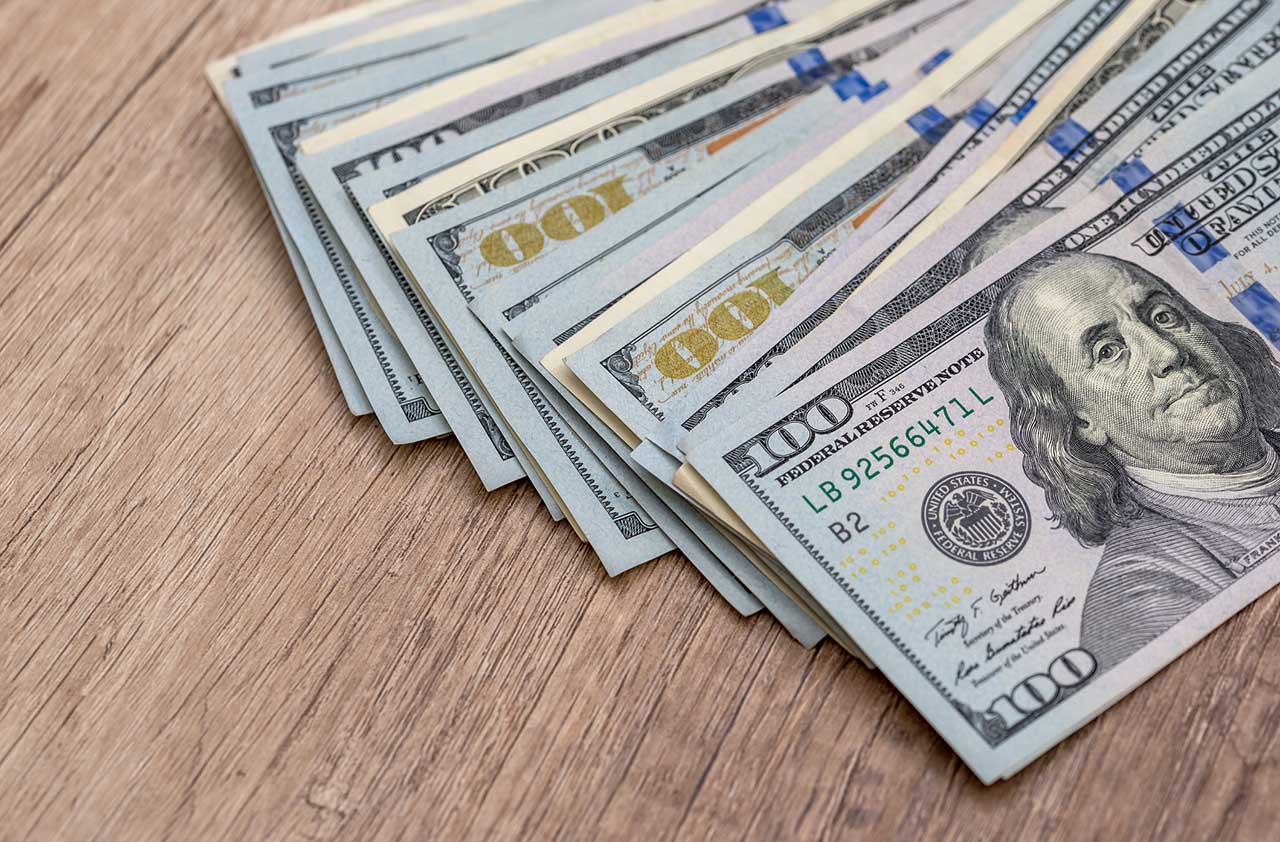

Free cash flow (FCF) is one of the most important financial metrics you can study – especially if you’re a buy-and-hold investor.
FCF is the cash remaining after a company has paid its expenses, interest on debt, taxes and long-term investments to grow its business. And if a company generates more cash than it needs to run its business, it can do a number of useful things with it, such as pay dividends, buy back its stock, acquire other companies, expand its business and knock out its debts.
There’s no right answer as to the best way to use free cash flow. But the ability to consistently grow FCF over the long haul – however it’s put to use – is a proven recipe for higher share prices.
Pacer ETFs compiled FactSet data on the Russell 1000 between Dec. 31, 1991, and Dec. 31, 2018. It found that the 100 stocks with the highest free cash flow yields over this period delivered an annualized total return of 17% – almost seven times the annual returns of the 100 stocks with the worst FCF yields. In short, the higher the free cash flow yield, the better.
With that in mind, let’s look at 10 free cash flow stocks to buy for the long haul. These companies not only generate high amounts of FCF, but put it to good use via dividends, buybacks and more. We’ll use the Pacer US Cash Cows 100 ETF (COWZ), and its 100 high-FCF-yield components, as a guide.
Disclaimer
Data is as of July 8. Free cash flow yield is FCF divided by enterprise value (which is market cap plus debt minus cash).
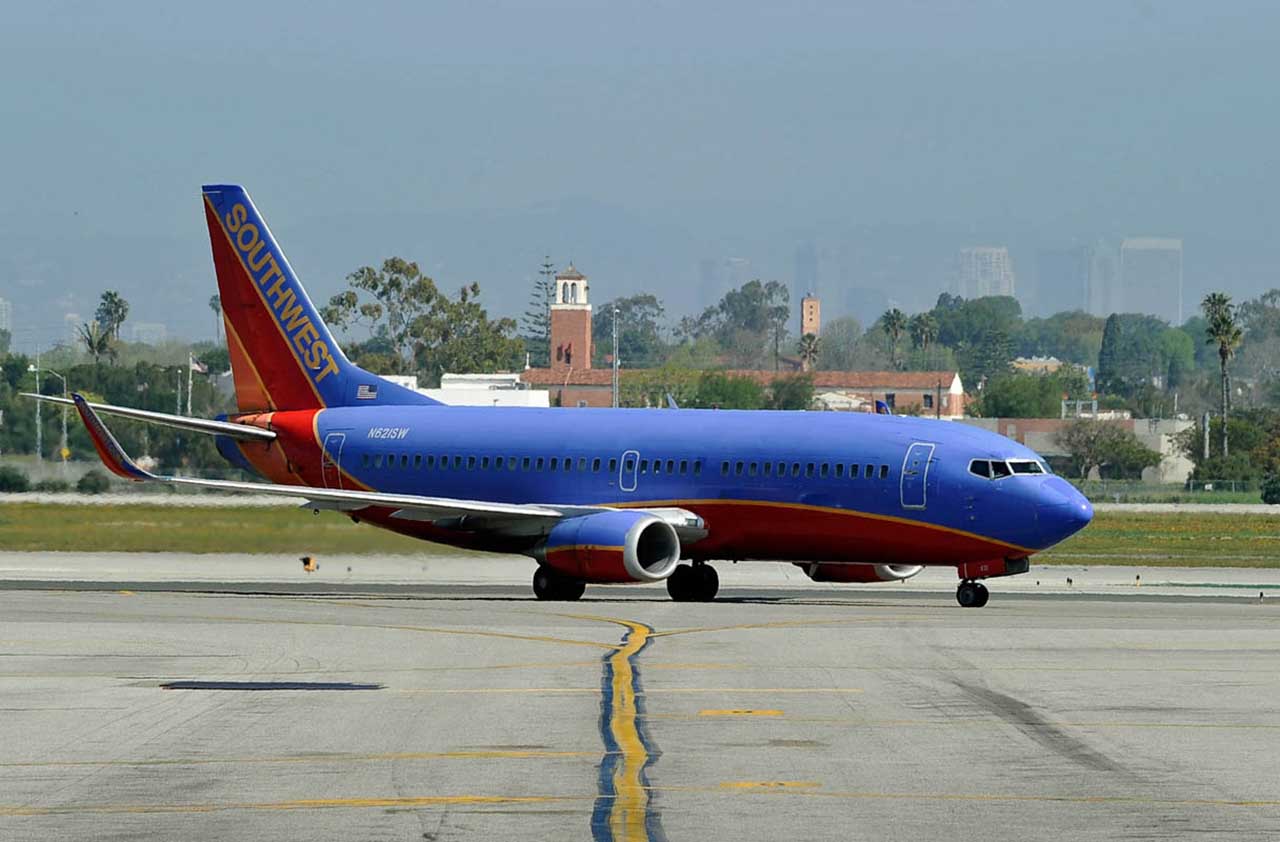
Southwest Airlines
- Market value: $28.3 billion
- Free cash flow (TTM): $3.3 billion
- Free cash flow yield: 12.0%
Southwest Airlines (LUV, $52.08) hasn’t had a bad year – its total return, which includes dividends, is 11.9% – despite being forced to cancel more than 10,000 flights during the first quarter due to the grounding of the Boeing (BA) 737 Max 8 and 737 Max 9.
The cancellations, combined with the impact of the government shutdown and weakness in leisure travel, reduced Southwest’s Q1 2019 projected earnings by $150 million. It ended up with a $387 million first-quarter profit – 16.4% less than what it earned in the year-ago period. (However, thanks to share repurchases over the past year, its earnings per share declined by just 11.4%.) And despite the lower income, Southwest’s free cash flow increased by 59% year-over-year to $945 million.
On the good news front, the Aircraft Mechanics Fraternal Association announced May 21 that more than 2,500 Southwest mechanics voted to accept the five-year contract proposal put forth by the company.
“There is peace in the kingdom,” says Henry Harteveldt, the founder of Atmosphere Research Group. “This is good news for Southwest and its travelers, especially as the airline heads into the extremely busy and extremely critical summer season.”
Another positive: Southwest continues to grow its market share in the Hawaii interisland market. Currently close to 10%, it could increase to as much as 20% by adding four flights a day to the islands of Lihue and Hilo, in addition to Kahului and Kona.
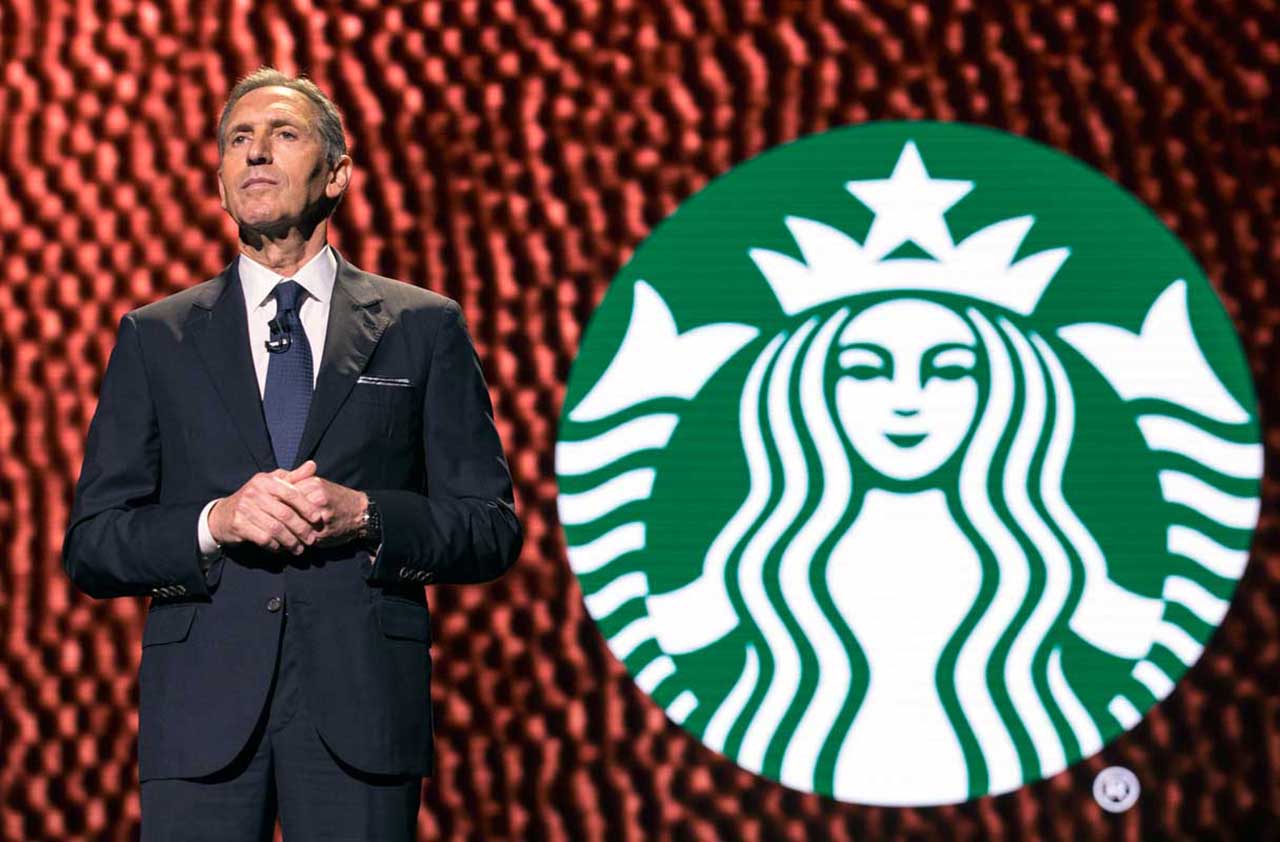
Starbucks
- Market value: $105.9 billion
- Free cash flow (TTM): $10.5 billion
- Free cash flow yield: 9.3%
How overhyped is the initial public offering (IPO) market in 2019?
One can find the answer by examining the IPO of Starbucks (SBUX, $87.44) Chinese competitor, Luckin Coffee (LK), which began trading on May 17. The startup takeaway coffee chain sold 30 million shares at $17 for proceeds of $561 million and is looking to steal Seattle’s thunder.
However, investors who buy shares of Luckin’s IPO, which only got its start with a single store in Beijing in June 2017, are barking up the wrong tree if they hope to achieve the same long-term results that former CEO Howard Schultz delivered to SBUX shareholders.
That’s because Luckin’s coffee and food are mediocre at best. “Luckin’s real competition is convenience stores like 7-Eleven rather than Starbucks,” Peking University professor and private equity investor Jeffrey Townson told Time in May.
People forget that Starbucks has been in China for 20 years, with its first store in the same city as its upstart competitor. It now has more than 3,700 locations in China, with a new store opening every 15 hours, all of them of the sit-in, “third place” variety that has made Starbucks famous.
Luckin is grabbing customers through deep discounting – a practice that Starbucks CEO Kevin Johnson believes is unsustainable. “We’re deploying capital and building 600 new stores per year,” Johnson said in early May. “We’re generating the return on invested capital that we believe is sustainable to continue to build new stores at this rate for many years to come.”
As far as Starbucks’ cash goes, it’s content to spend it not just on growing in China, but also rewarding shareholders. The company last July announced plans to return $25 billion to shareholders via dividends and buybacks – $10 billion more than it pledged the previous November.
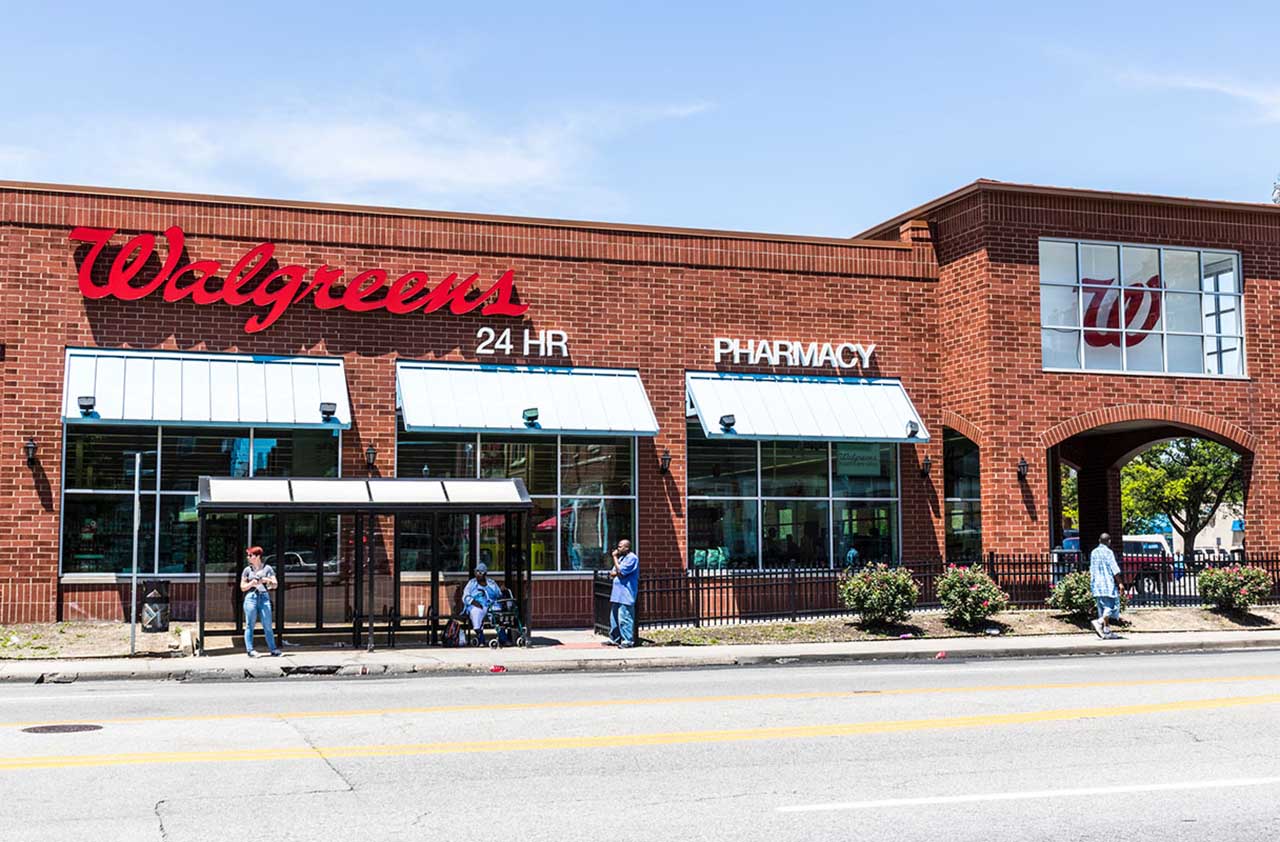
Walgreens Boots Alliance
- Market value: $50.1 billion
- Free cash flow (TTM): $4.4 billion
- Free cash flow yield: 6.5%
There are five ways companies allocate free cash flow. The most popular way, if you ask most shareholders, is dividends.
Walgreens Boots Alliance (WBA, $55.43) is one of the best dividend stocks you can own. It has paid a dividend for more than 86 years, and increased it for 43 years without interruption, making it a Dividend Aristocrat. Free cash flow helps – Walgreens grew its FCF to $6.9 billion in 2018, which is 17% higher than it was a year earlier. The company shelled out $1.7 billion of that cash to pay its annual dividend to shareholders.
That said, Walgreens also has been the worst-performing stock in the Dow, at roughly 19% losses year-to-date. That included a pummeling in early April after weak second-quarter results that included a fiscal 2019 EPS revision, from 7%-12% growth expectations to estimates for a flat year.
Patient investors who enjoy a healthy dividend (current yield is 3.2%) should consider waiting for the company’s turnaround to gain traction.
“It has phenomenal cash flow so that it can weather the storm. It can weather a few quarters of its turnaround. This is a turnaround story,” S&P Global’s Erin Gibbs told CNBC after the company’s April earnings. “They’ve entered into about a dozen online partnerships. They’ve really ramped up their online sales. So, we’re looking for that increased growth, but it’s probably not going to be for another four or five quarters.”
Gibbs considers Walgreens stock very cheap – and with WBA at 9.2 times forward earnings and 0.4 times sales, she’s right.

Apple
- Market value: $920.3 billion
- Free cash flow (TTM): $59.8 billion
- Free cash flow yield: 6.3%
It’s been a couple of months since Apple (AAPL, $200.02) announced some new services and products to keep its loyal customers in the fold for many years to come. Whether it’s Apple TV+, Apple News+, Apple Arcade or the Apple Card, CEO Tim Cook knows that long-term success for the company requires more than simply rolling out a couple of new iPhones every year.
The Apple ecosystem will thrive in the future by providing customers with services they absolutely can’t live without. On May 13, Apple released a redesigned version of its TV app that the company hopes will completely change how its users experience television.
As you can imagine, this kind of initiative doesn’t come cheap, and that doesn’t include the cost of producing its own content for Apple TV+, the company’s streaming service it plans to launch in September. All these things require cash – something Apple has plenty to spare.
In the quarter ended March 30, 2019, Apple had cash and marketable securities of $227 billion. Subtract $90 billion in long-term debt and you get net cash of $137 billion. If its net cash were a separate Standard & Poor’s 500-stock index company, it would be a top-40 component.
As the Services division continues to become a bigger part of the company’s overall revenue – Services revenue has much higher margins than any of Apple’s products, including iPhones – Apple’s free cash flow should grow exponentially quarter by quarter, year by year. Already, Apple’s FCF has raced ahead by 44% over the past five fiscal years, or 7.5% annualized.
If Apple continues to grow its Services revenue by more than 15% a quarter, you can be sure that its free cash flow will follow suit, delivering tremendous shareholder returns over the long haul.
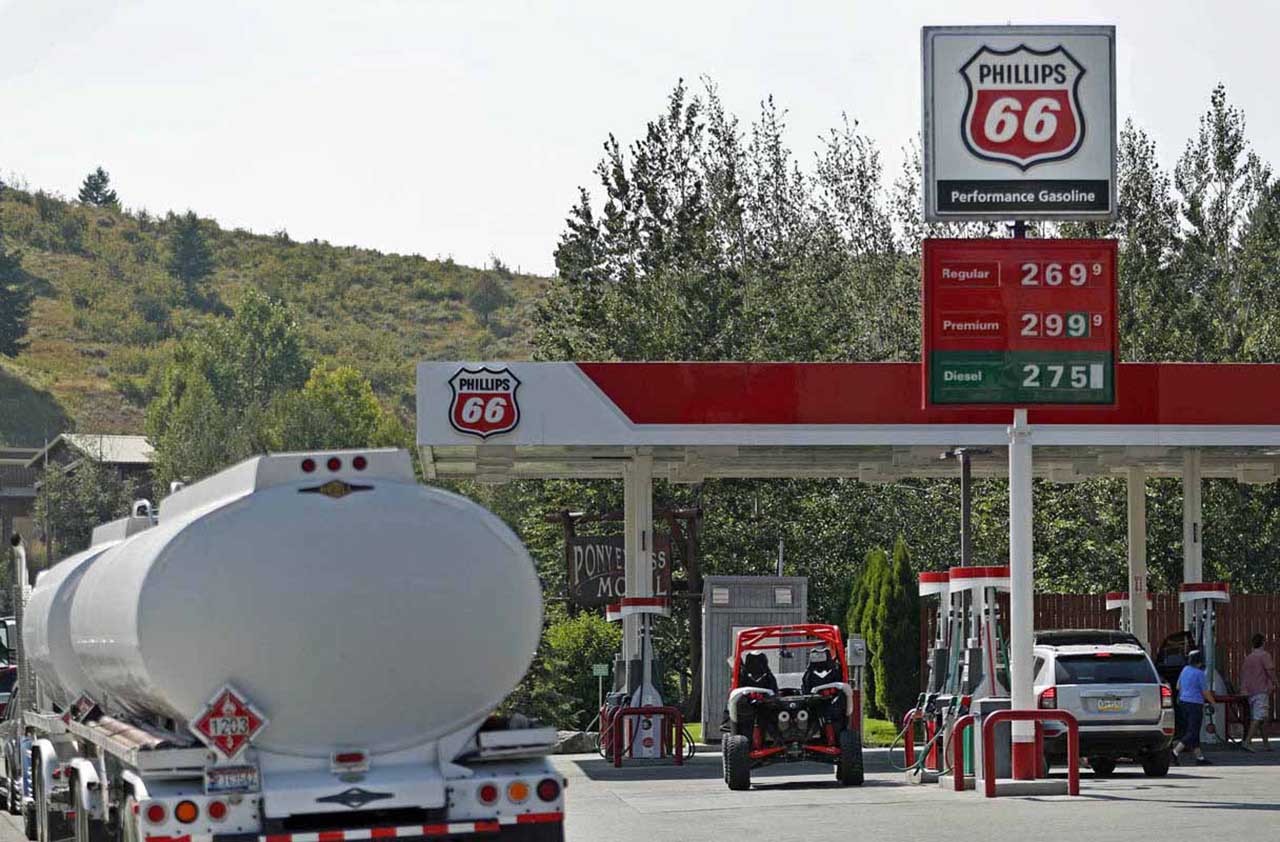
Phillips 66
- Market value: $44.0 billion
- Free cash flow (TTM): $3.2 billion
- Free cash flow yield: 5.7%
Shares of oil refiners like Phillips 66 (PSX, $96.96) struggled following first-quarter earnings reported around the end of April, with investors concerned about the trade war cutting into revenues and profits. But PSX and the rest of the group have mostly rebounded back to their early April levels.
In the first quarter ended March 31, Phillips 66’s net income fell 63% year-over-year to $187 million on poor results in its refining business due to higher Canadian crude prices. In addition to the higher crude prices, Phillips 66 had 6% unplanned downtime during the quarter – three times the historical average.
Despite the refining losses, Phillips 66 earned 40 cents per share in Q1 – 6 cents higher than analyst expectations – while operating cash flow excluding working capital was $923 million, 29% lower than a year earlier. But Q2 should see better results.
“Phillips 66 lost money in three of the four refining regions, which is not normal for the company,” Credit Suisse analyst Manav Gupta wrote in a note to clients April 30. “The company has an otherwise strong track record of operations in refining and we expect the company will make a comeback in the second quarter.”
Phillips 66 isn’t shy about spending its cash, either. The company has quadrupled its dividend since 2012, from 20 cents per share to its current 80-cent payout.
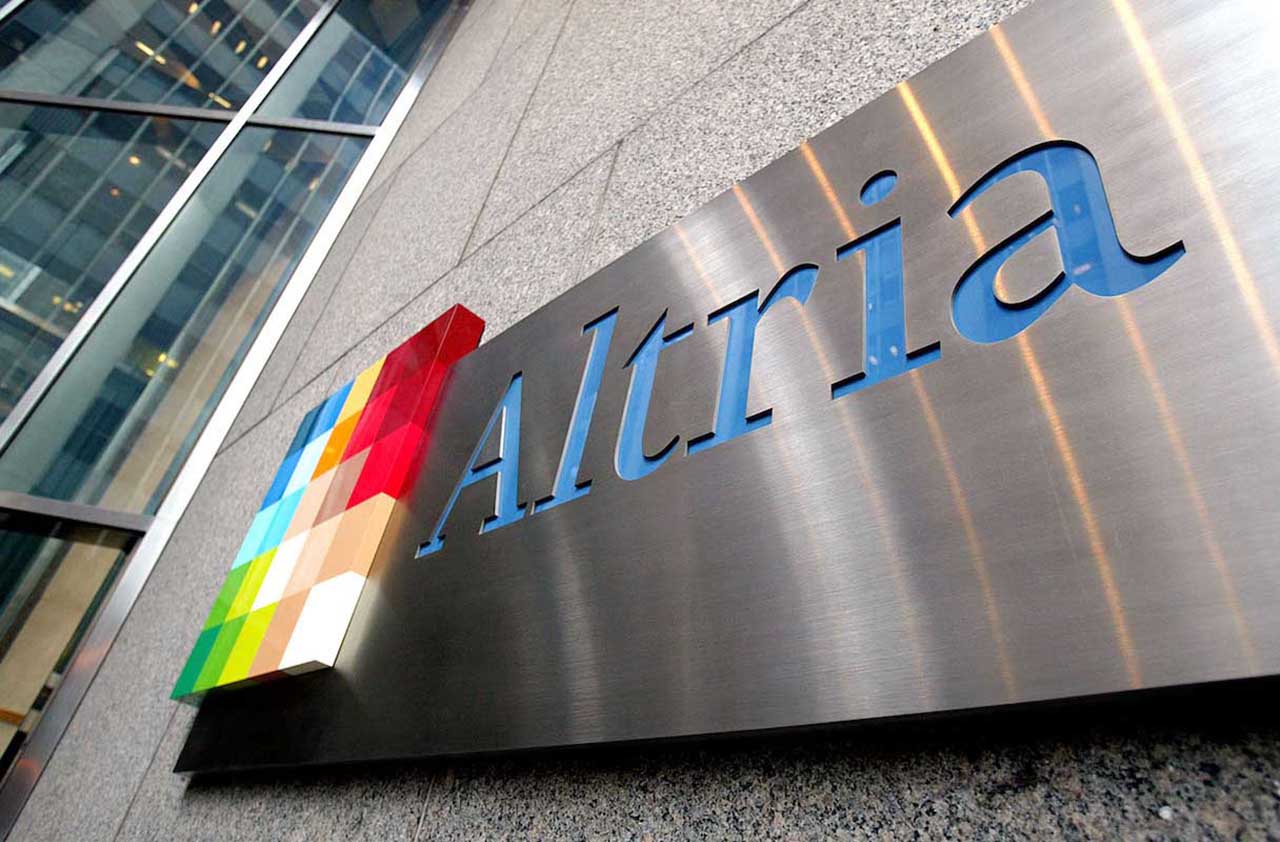
Altria Group
- Market value: $91.8 billion
- Free cash flow (TTM): $7.6 billion
- Free cash flow yield: 6.5%
Altria Group (MO, $49.08) has severely underperformed the S&P 500 in 2019, with a 2% loss compared to an 18.6% return for the index.
The company’s first-quarter results didn’t help. Altria reported revenues of $4.39 billion that missed expectations of $4.59 billion, while adjusted earnings of 90 cents per share were 2 cents less than the analyst consensus. To make matters worse, a couple of rating agencies cut Altria’s credit rating in December as a result of Altria borrowing to help pay for the $14.6 billion it spent on stakes in Juul Labs and Cronos Group (CRON).
To help reduce its debt load in the years ahead, Altria’s embarked on a cost-cutting initiative in 2019 that will reduce annual expenses by $575 million. That’s yet to show up in its income statement. The second quarter should begin to show progress on this front.
Wells Fargo analyst Bonnie Herzog, who has an Outperform rating on Altria stock and a $65 price target, believes investors don’t appreciate the growth opportunities of its two investments, nor the company’s core cigarette business.
“Overall, we believe the market has underappreciated huge growth opportunities & upside for Altria given its ownership stake in both Juul and Cronos Group as well as its access to iQOS (which the FDA finally approved),” Herzog wrote in a May note to clients. “Bottom line, we expect Altria’s long-term earnings-per-share growth will accelerate to about 10%, especially given our belief that the growth of the nicotine category is accelerating and Altria is best positioned to take the most incremental share given its ownership of/access to Juul and iQOS.”
Despite the decline in profits in Q1 2019, it still managed to generate $2.3 billion in free cash flow during the quarter, ensuring it has plenty of cash to pay its attractive 6.5% dividend.

Texas Instruments
- Market value: $107.9 billion
- Free cash flow (TTM): $6.0 billion
- Free cash flow yield: 5.5%
Texas Instruments (TXN, $114.93), like most semiconductor firms at the moment, is going through a down cycle where revenues aren’t growing year-over-year and probably won’t for several more quarters.
However, thanks to the refreshing candor and honesty of CEO Rich Templeton in its first-quarter report and conference call, several analysts raised their price targets for its stock.
“TI is executing well in tough conditions and their candor should bolster credibility, but valuation leaves little room for upside,” Morgan Stanley analyst Joseph Moore said in late April. “It’s hard to see numbers coming down much more given how much revenues have already fallen.” Moore raised his target price by 6% at the time to $106 per share.
When it comes to FCF, Texas Instruments is committed to returning cash to its shareholders.
“We have returned $8.0 billion to owners in the past 12 months through stock repurchases and dividends. Our strategy is to return all our free cash flow to owners. Over the last 12 months, our dividends represented 45% of free cash flow, underscoring their sustainability,” Templeton said in the company’s Q1 2019 earnings press release. TXN also emphasizes in its 10-Q that FCF growth, especially on a per-share basis, is vital to maximizing shareholder value.
In the 12 months ended March 31, Texas Instruments’ free cash flow increased 22% year-over-year to $6 billion, representing 38.4% of its overall revenue – 630 basis points higher than a year earlier.
While the semiconductor industry is extremely cyclical, Texas Instruments has generated positive free cash flow every year for the past decade, achieving a compound annual growth rate of 13.8%. As TXN moves from its down cycle in 2020, shareholders can expect share prices to follow FCF higher.

Las Vegas Sands
- Market value: $47.9 billion
- Free cash flow (TTM): $3.2 billion
- Free cash flow yield: 5.6%
Casino companies such as Las Vegas Sands (LVS, $62.02) saw their stock prices fall throughout May because of slowing gross gaming revenue (GGR) in Macau. Casino GGR in the Chinese gaming haven fell by 8.3% in April – the worst decline since June 2016.
Union Gaming analyst John DeCree believes the drop in Macau VIP revenue – he forecasts a 15% decline in 2019 – could provide investors with an excellent buying opportunity on LVS stock despite lowering its target price May 21 from $80 to $78.
“LVS has significant growth capital being deployed in high-return markets like Macau and Singapore and continues to be a cash flow machine, making a low-$60 entry price quite attractive for LVS today, especially for longer-term investors,” he wrote in a note to clients.
As part of the company’s Q1 2019 earnings report, CEO Sheldon Adelson announced it was investing an extra $3.3 billion toward the expansion of its Marina Bay Sands Integrated Resort in Singapore. The development includes a live entertainment arena, a luxury hotel tower, additional meeting and conference space, along with luxury retail.
Las Vegas Sands’ Macau operations earned adjusted property EBITDA of $858 million in the first quarter, 9% higher than in the year-ago period. Macau accounted for 59% of its EBITDA profits, Singapore another 29% and the remaining 12% from its U.S. operations.
LVS is on the bounce right now but has yet to recover to its May levels. Investors can jump in now at a 5% yield for the ride higher.

Booking Holdings
- Market value: $81.2 billion
- Free cash flow (TTM): $4.4 billion
- Free cash flow yield: 5.1%
It’s been more than a year since Priceline Group changed its name to Bookings Holdings (BKNG, $1,875.76) to better reflect the fact its Booking.com site is the company’s biggest growth driver.
“We want to have a name aligned with all the different things that we do,” CEO Glenn Fogel said in February 2018. “We are now doing things that enable people to book hotels, homes, apartments, rental cars, flights, dinner reservations. Booking Holdings unifies all of these different things.”
While industrial conglomerates have become passé, Booking has the potential to leverage all its brands to create a greater value proposition for its customers. It’s not there yet, but it’s certainly attempting to deliver more cross-brand coordination to provide a frictionless customer experience.
In mid-April, value investor Joel Greenblatt suggested that BKNG stock was compelling given Booking’s revenue and earnings growth.
“This is a network type of business where you’re getting it at a 40% discount to the S&P,” Greenblatt said on CNBC back on April 15. “It’s an asset-light cash flow machine. It’s in a very good business; it’s essentially in a duopoly with Expedia.”
Greenblatt might be onto something.
Booking announced its first-quarter results May 9. Revenues declined 3% YoY to $2.8 billion, marking the first quarter in almost 15 years that it didn’t grow the top line. But this was largely caused by an early Easter last year. Profits were fine, however. Booking earned $765 million in Q1 2019, 26% higher than a year earlier. Earnings per share jumped by 37% thanks to ongoing stock buybacks lowering its share count.
Free cash flow was way down from Q1 2018, too, but only because of $451 million on net unrealized gains on its equity investments in Ctrip.com (CTRP) and Meituan-Dianping. Add that back in, and it was more than $600 million, or 21% of sales.

Lennar
- Market value: $15.6 billion
- Free cash flow (TTM): $1.1 billion
- Free cash flow yield: 4.4%
Lennar (LEN, $48.27), one of the largest homebuilders in the U.S., is having a strong 2019, delivering a 21.6% total return so far this year. Although the housing market suffered through its fifth straight quarterly decline in housing starts in the first quarter of 2019, April delivered much-needed relief. Housing starts improved by 6.2% in April to 854,000 units as the Midwest, Northeast and West all experienced growth.
The weather early in the year did not do homebuilders any favors, and Lennar was no exception.
“We continued to see choppiness in the marketplace during our first quarter,” Lennar Executive Chairman Stuart Miller said in Lennar’s Q1 2019 press release. “However, during the quarter, mortgage interest rates subsided and ultimately pulled back and home prices moderated providing a catalyst for the new home market to correct itself.”
Correct itself, it did. But will it be enough to keep Lennar stock moving higher?
“The confluence of declining mortgage rates with the spring buying season is supporting stronger housing demand and activity,” Mortgage Bankers Association Chief Economist Mike Fratantoni said in a statement. “Additionally, the drop in average loan size suggests that builders are tilting production to lower-priced homes, which continues to see the tightest inventories and strongest home-price growth.”
Despite Lennar missing analyst estimates for both revenue and earnings in the first quarter, it still managed to increase earnings by 76% to $240 million while upping revenues by 30% to $3.9 billion.
Add to this a strong job market, rising wages and lower mortgages, and you’ve got a recipe for success.
Get Kiplinger Today newsletter — free
Profit and prosper with the best of Kiplinger's advice on investing, taxes, retirement, personal finance and much more. Delivered daily. Enter your email in the box and click Sign Me Up.

Will has written professionally for investment and finance publications in both the U.S. and Canada since 2004. A native of Toronto, Canada, his sole objective is to help people become better and more informed investors. Fascinated by how companies make money, he's a keen student of business history. Married and now living in Halifax, Nova Scotia, he's also got an interest in equity and debt crowdfunding.
-
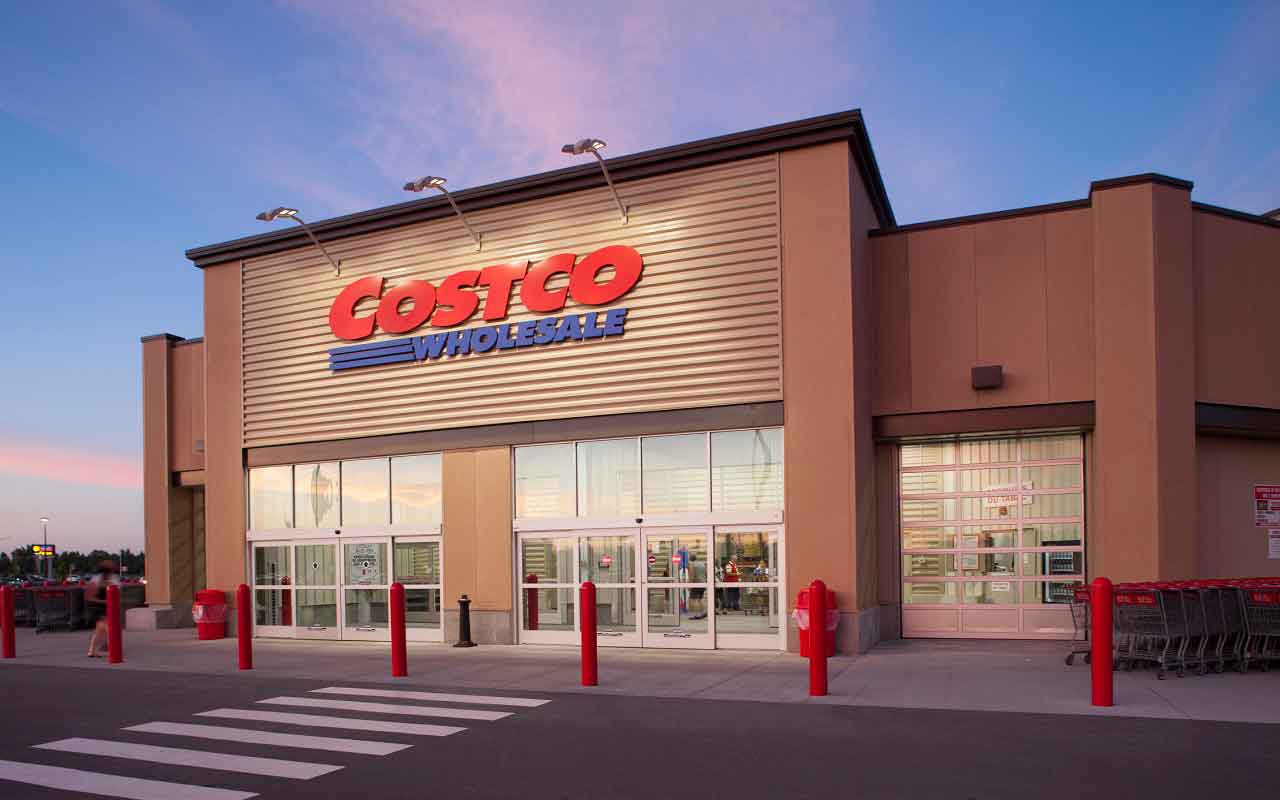 Should You Get Auto or Home Insurance Through Costco?
Should You Get Auto or Home Insurance Through Costco?Costco members can access discounted insurance through Connect by American Family — but is it really a better deal?
By Paige Cerulli Published
-
 Stock Market Today: Uncertainty Proliferates: Dow Loses 1,014 Points
Stock Market Today: Uncertainty Proliferates: Dow Loses 1,014 PointsWeaker-than-expected consumer inflation data wasn't enough to stabilize sentiment during another volatile day for financial markets.
By David Dittman Published
-
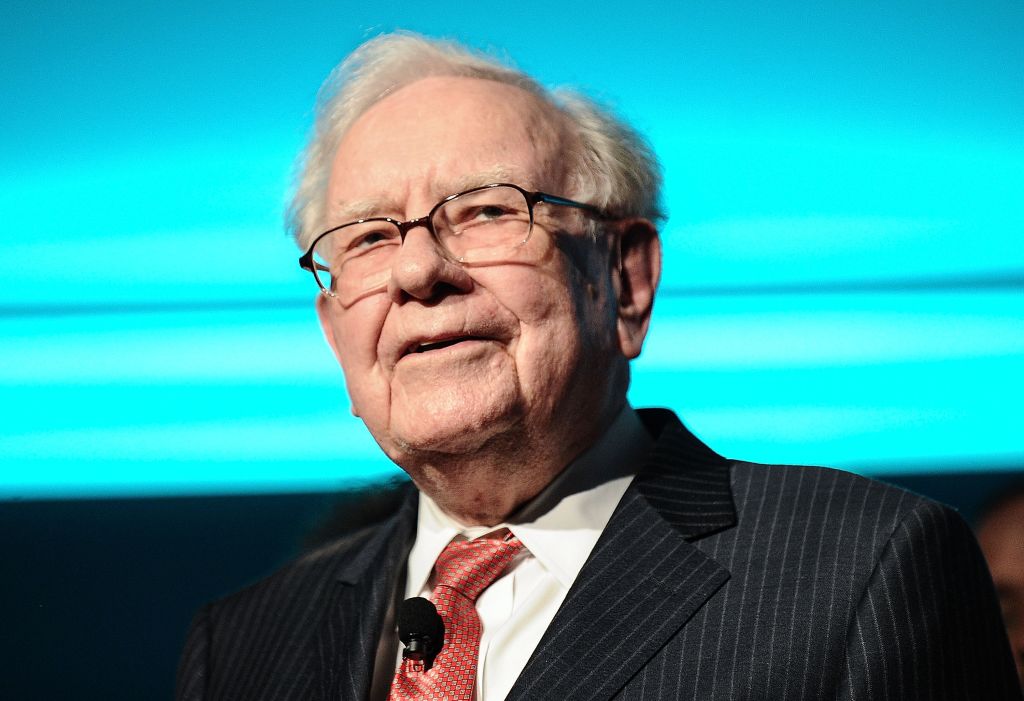 7 of Warren Buffett's Biggest Misses
7 of Warren Buffett's Biggest MissesWarren Buffett's investing wins are highly regarded across Wall Street, but no one can bat a thousand. Here are some of Buffett's biggest misses.
By Kyle Woodley Published
-
 The Cheapest Places To Retire in the US
The Cheapest Places To Retire in the USWhen you're trying to balance a fixed income with an enjoyable retirement, cost of living is a crucial factor to consider.
By Stacy Rapacon Published
-
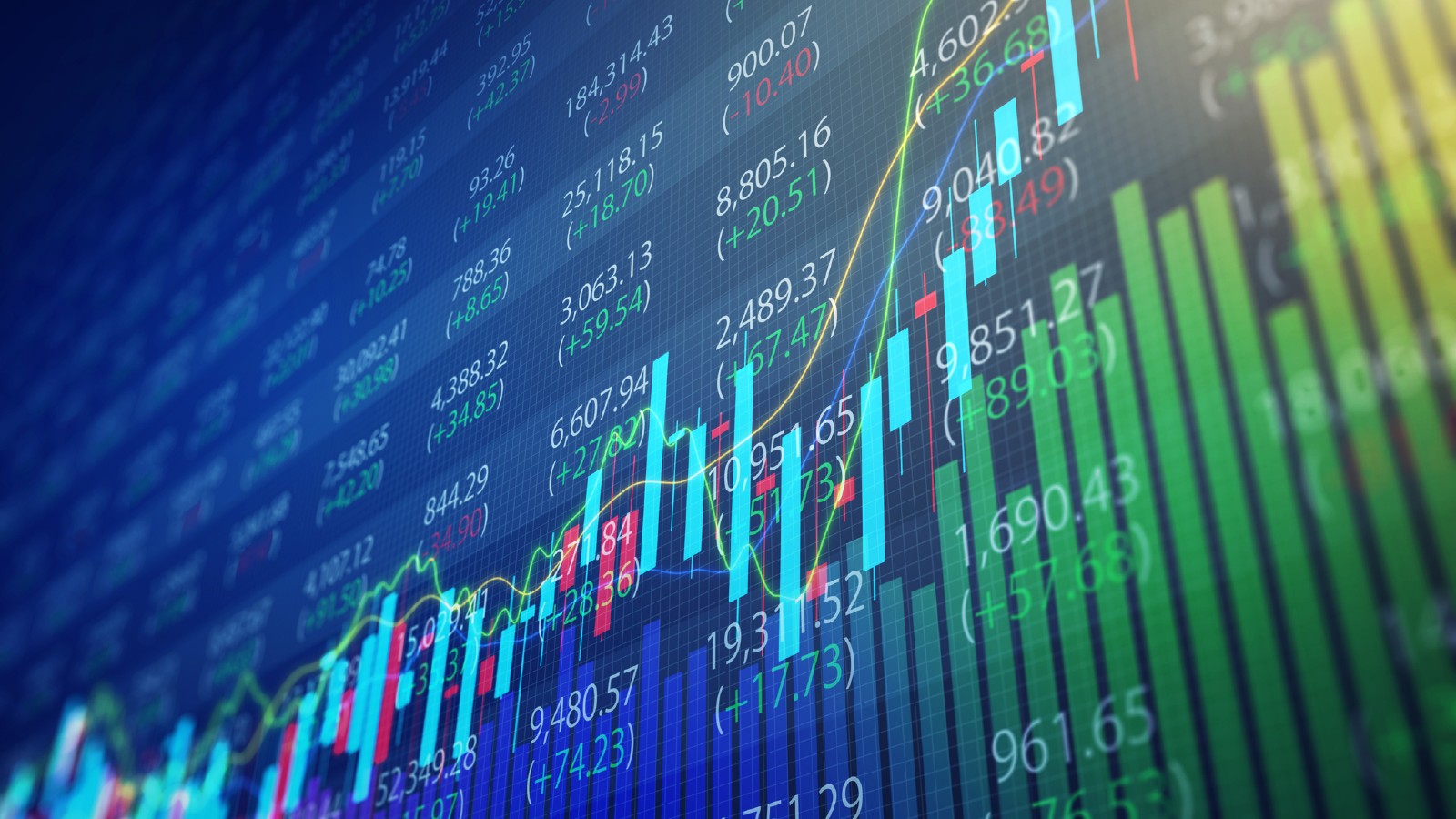 Stock Market Today: Markets March Higher as Strong Earnings Offset Weakness in Chips
Stock Market Today: Markets March Higher as Strong Earnings Offset Weakness in ChipsUpbeat quarterly results helped stocks bounce back with broad-based gains.
By Dan Burrows Published
-
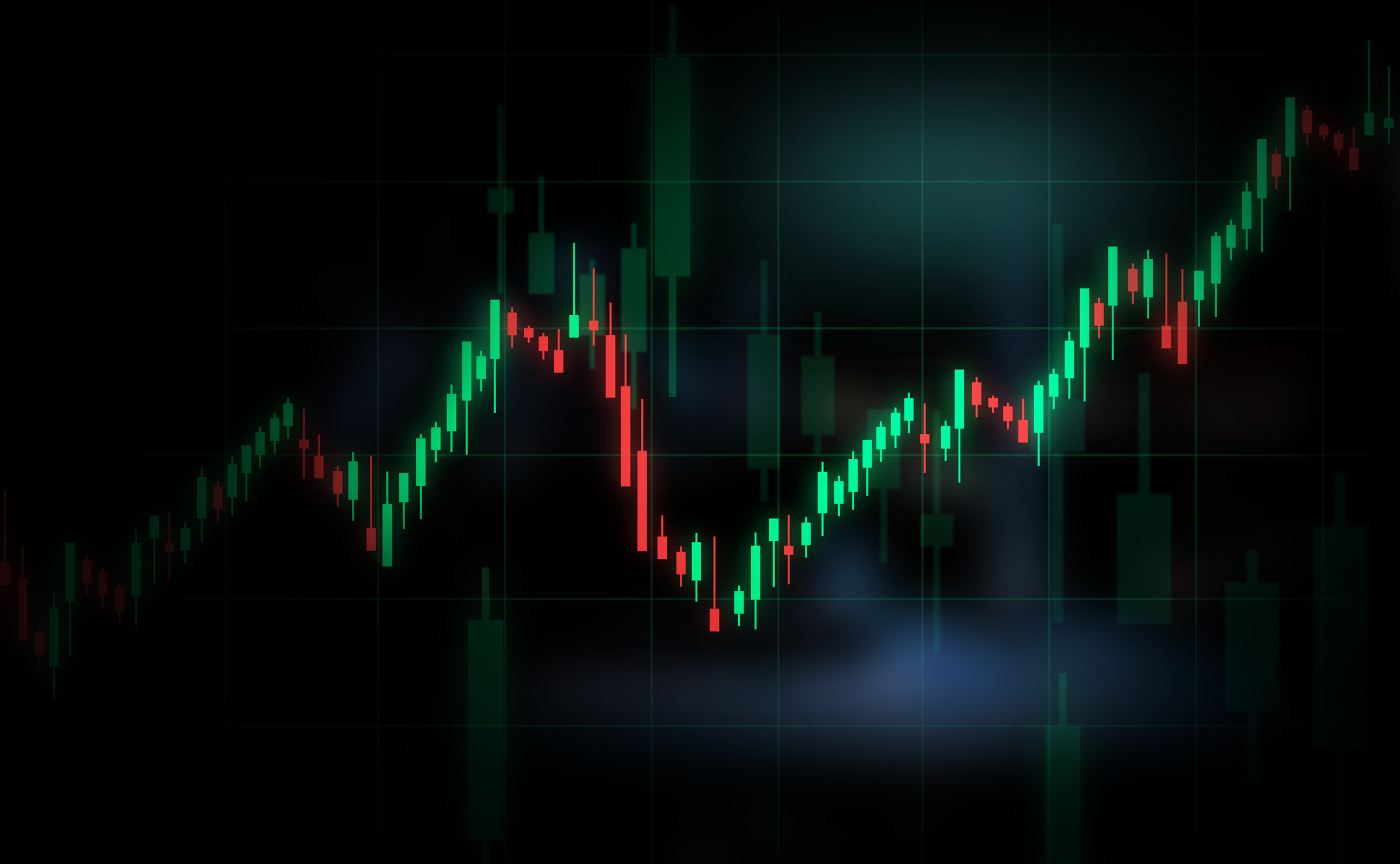
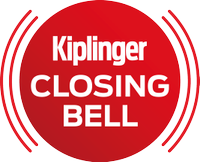 Stock Market Today: S&P 500 Hits New High as Micron Soars
Stock Market Today: S&P 500 Hits New High as Micron SoarsThe main indexes gained ground Thursday as strong earnings from memory chipmaker Micron fueled AI optimism.
By Karee Venema Published
-
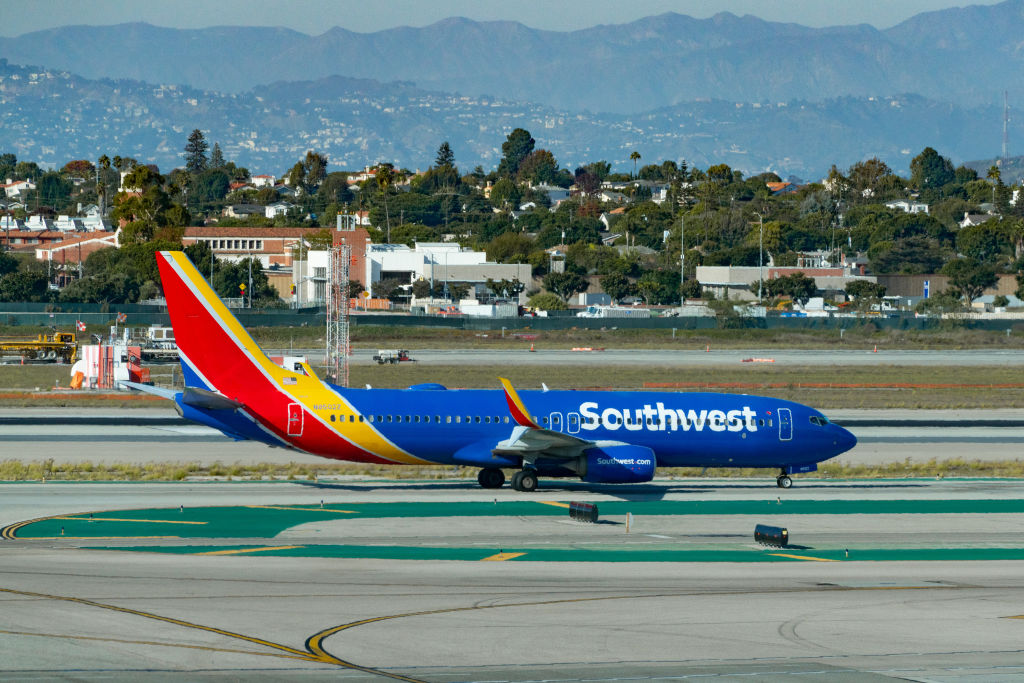 Southwest Airlines Soars on New Revenue Outlook, Stock Buybacks
Southwest Airlines Soars on New Revenue Outlook, Stock BuybacksSouthwest Airlines stock is higher after the air carrier announced several initiatives, including a big share repurchase program. Here's what you need to know.
By Joey Solitro Published
-
 Southwest Gears Up for Proxy Fight With Elliott Investment
Southwest Gears Up for Proxy Fight With Elliott InvestmentElliott Investment is seeking major changes at Southwest Airlines, including several board seats. Here's what a proxy battle could mean.
By Joey Solitro Published
-
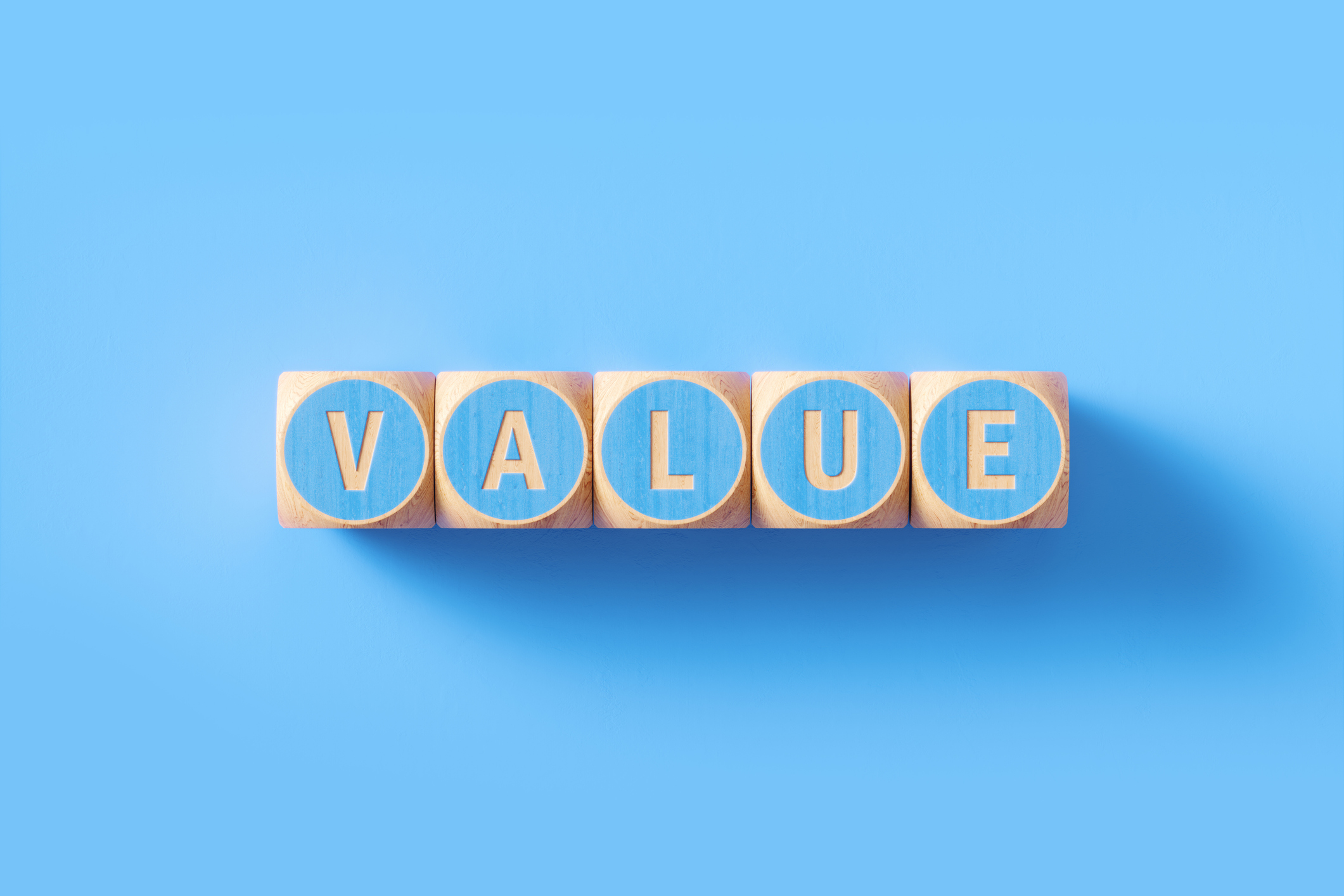 The Best Value Stocks to Buy
The Best Value Stocks to BuyValue stocks can be defined differently depending on who you ask. Here, we look at ways to measure valuation and how investors can find the best value stocks.
By Kyle Woodley Last updated
-
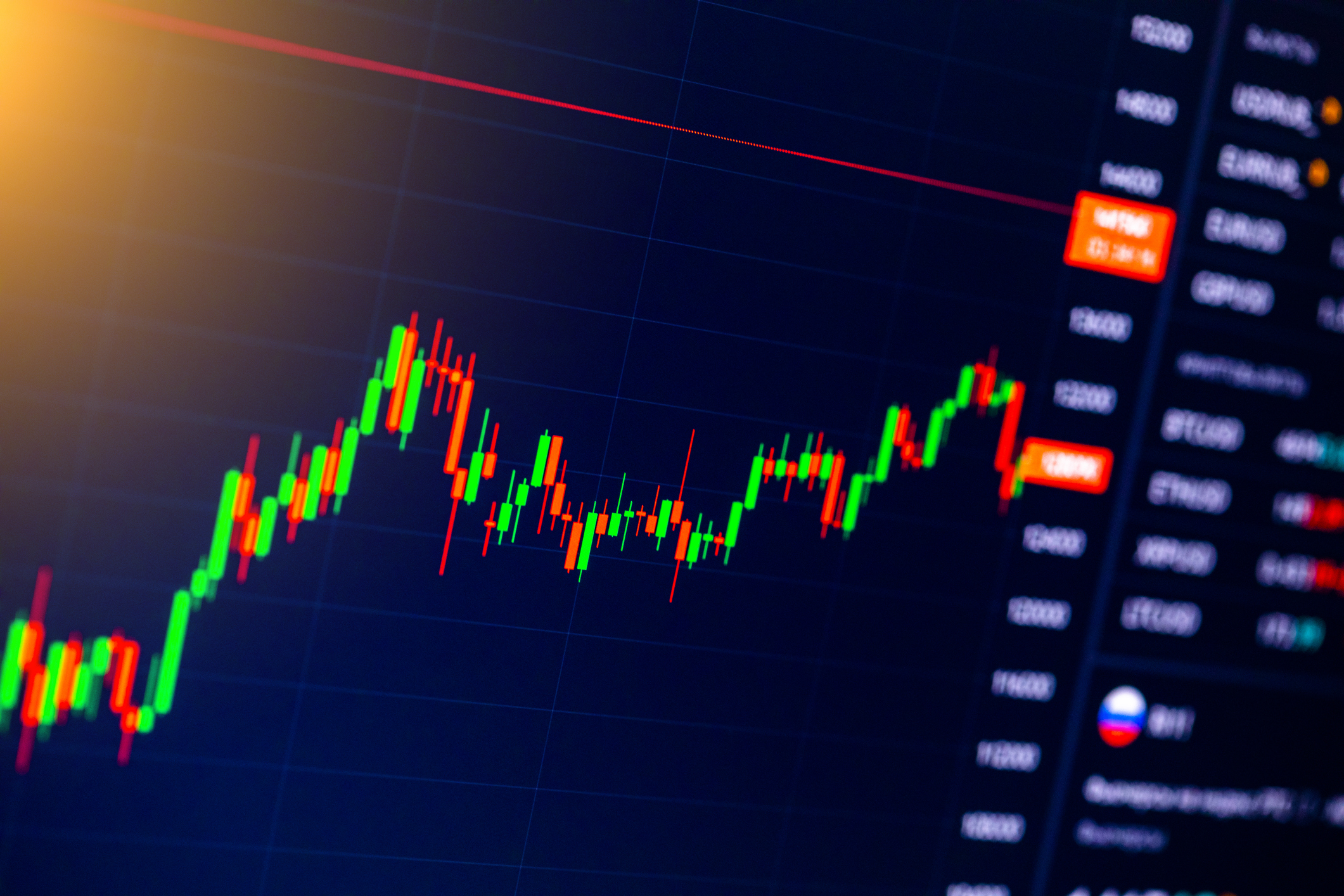 Stock Market Today: S&P 500, Nasdaq End at Record Highs Ahead of July 4th
Stock Market Today: S&P 500, Nasdaq End at Record Highs Ahead of July 4thWednesday's abbreviated session was jam-packed with news, including labor market updates and Southwest Airlines' "poison pill."
By Karee Venema Published
